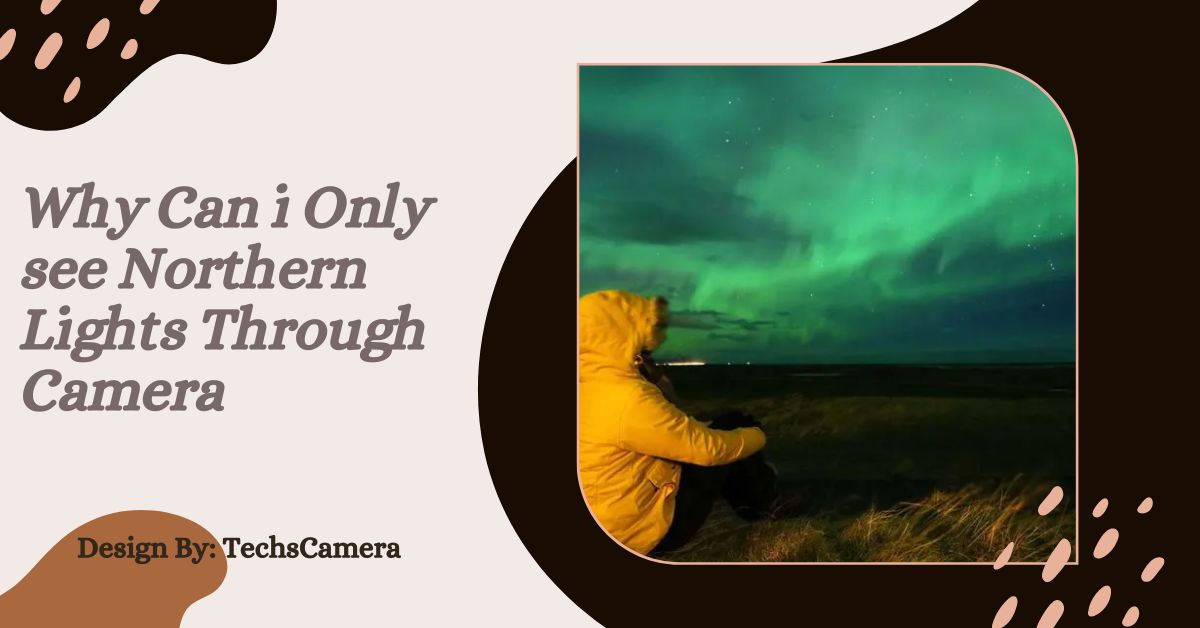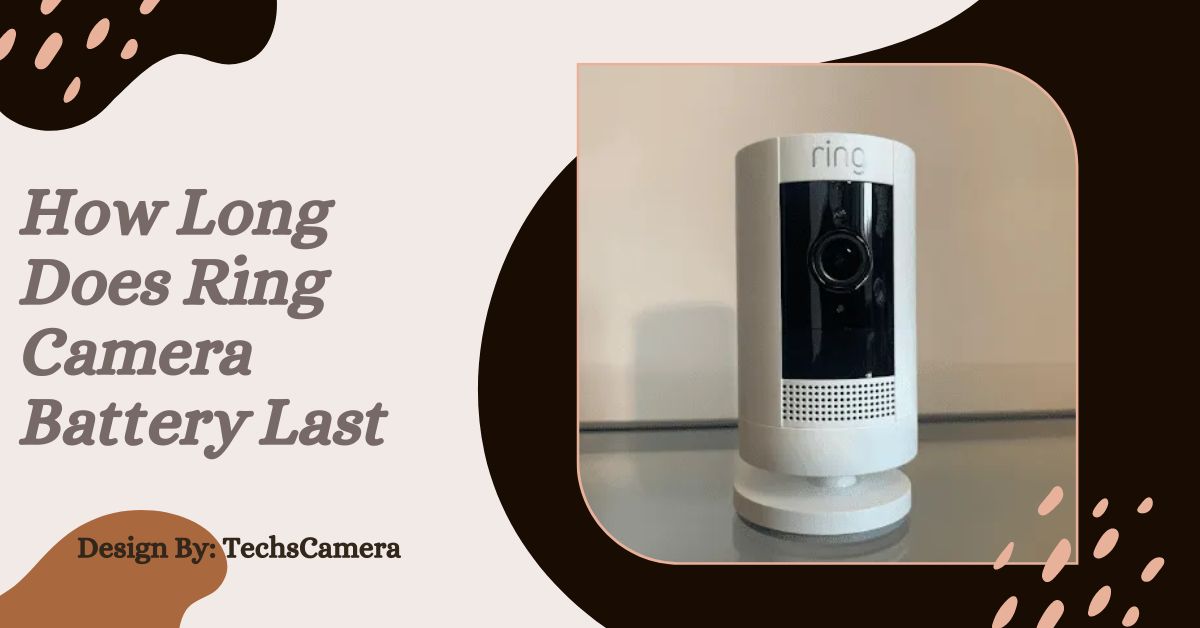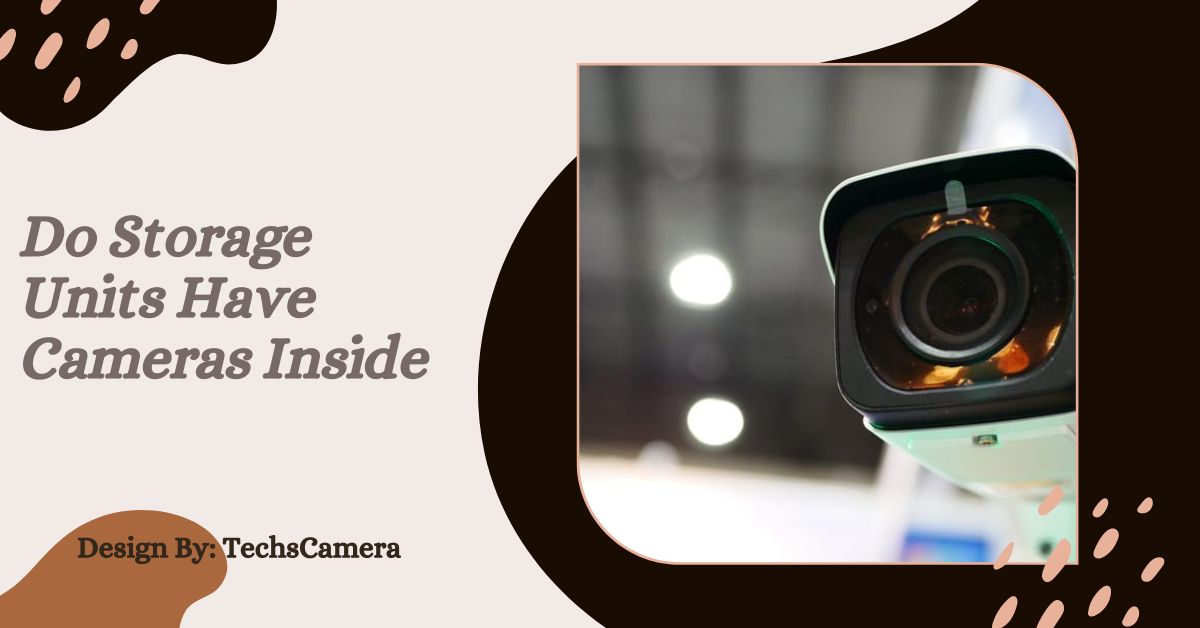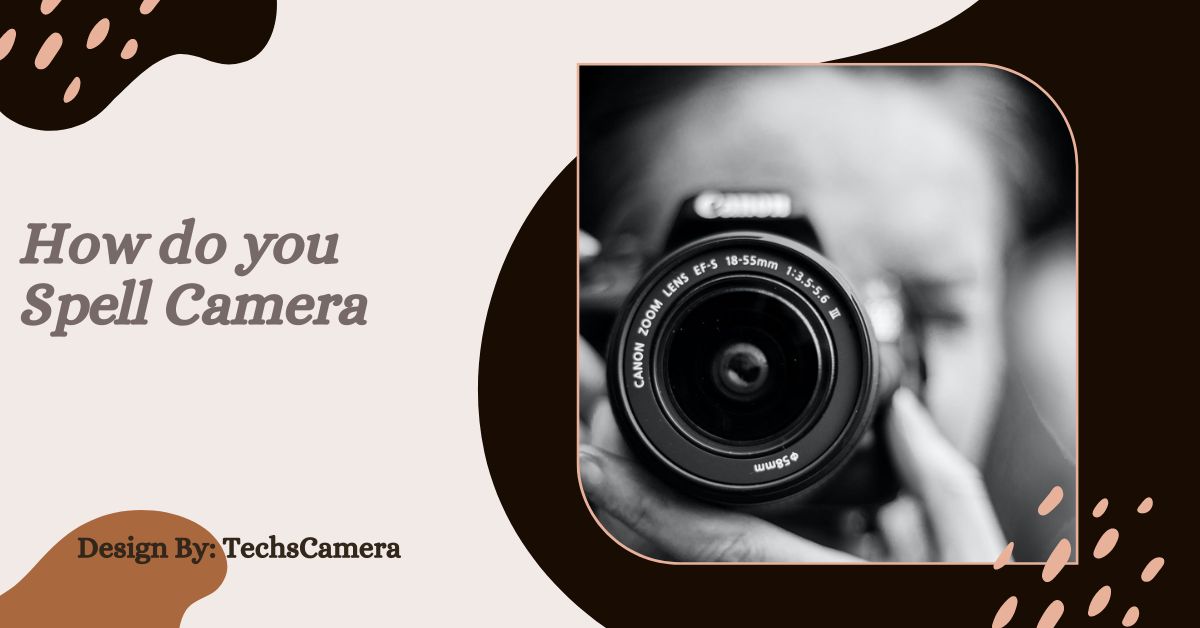Cameras capture vivid Northern Lights by accumulating light over time, revealing colors and details that are less visible to the human eye in low-light.
Introduction
The Northern Lights, or Aurora Borealis, are breathtaking natural phenomena that captivate many with their colorful displays in the night sky. However, it’s not uncommon for people to struggle to see them clearly with the naked eye, only to find that cameras can capture them in vivid detail. This discrepancy raises a common question: why can we often only see the Northern Lights properly through a camera? The answer lies in the differences between human vision and the technology behind cameras, as well as the science of the Aurora itself.
Understanding the Northern Lights:
The Northern Lights are caused by charged particles from the sun colliding with Earth’s atmosphere and magnetic field, resulting in a stunning light display. These collisions typically occur near the polar regions, where the magnetic field is stronger, allowing the phenomenon to be seen at high latitudes.
The colors of the Aurora depend on the types of gas particles involved and the altitude at which the collisions occur, with green being the most common color due to oxygen molecules. However, other colors like red, pink, and purple can also appear, adding to the Aurora’s beauty. Despite the vibrant colors, the intensity of the Northern Lights can vary greatly, influencing their visibility to the human eye.
Human Vision vs. Camera Sensors:
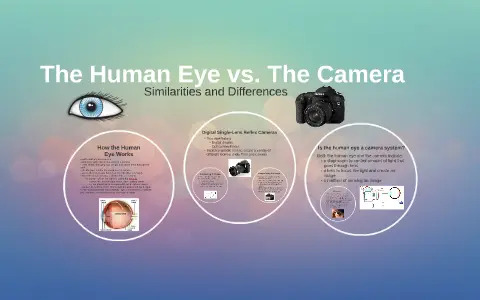
Human eyes and camera sensors process light in different ways, which explains why the Northern Lights often appear more vivid in photographs than in reality. Human vision relies on two types of cells: rods and cones. Rods are highly sensitive to low light but do not perceive color well, while cones detect color but require more light to function.
In low-light conditions, such as when viewing the Northern Lights, the light may not be strong enough to activate the cones, resulting in a dim or grayish perception of the Aurora. Cameras, however, can capture light over an extended period, accumulating more light and color than the human eye can in the same conditions, leading to more vibrant images.
Atmospheric Conditions and Their Impact:
The visibility of the Northern Lights can be significantly affected by atmospheric conditions. Light pollution, moonlight, cloud cover, and even the brightness of the Aurora itself all play a role in how well the Northern Lights can be seen with the naked eye.
In areas with high levels of light pollution, such as near cities, the Aurora may be washed out, making it barely visible. Even in ideal viewing conditions, the Aurora’s intensity can vary, sometimes appearing faint and difficult to see without the aid of a camera, which can enhance the colors and brightness through long exposure techniques.
Also read: Chromebook Camera Not Working – Troubleshooting Guide and Solutions!
The Role of Photographic Techniques:
Photographers use specific techniques to capture the Northern Lights in their full glory, even when they appear faint to the naked eye. One common technique is long exposure photography, where the camera’s shutter remains open for a longer period, allowing more light to enter and be captured.
This method can reveal details and colors that are not visible to the naked eye, creating stunning images of the Aurora. Another technique involves adjusting the camera’s ISO settings to increase its sensitivity to light, though this can sometimes introduce noise or graininess into the image. Balancing ISO with exposure time is essential for achieving a clear, sharp photograph.
Common Misconceptions:
A frequent misconception is that the Northern Lights are always brightly visible to the naked eye, but this is not the case. The Aurora’s visibility depends on several factors, including the strength of the solar activity that causes it and the surrounding environmental conditions.
Another misconception is that the colors seen in photographs of the Northern Lights are exaggerated or artificially enhanced. While post-processing can enhance these images, the colors are generally accurate to what a camera can capture, even if they are not visible to the human eye at the time. Understanding these misconceptions can help manage expectations when viewing the Northern Lights.
Practical Tips for Viewing the Northern Lights:
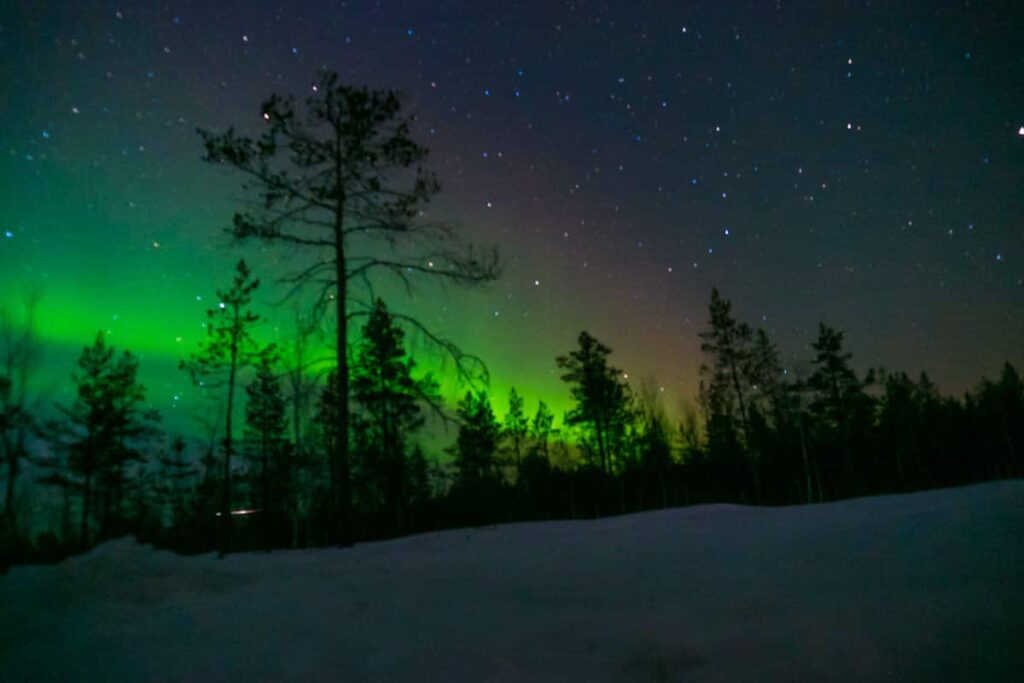
To maximize your experience of viewing the Northern Lights, there are several practical tips to consider. First, choose a location far from city lights and other sources of light pollution, as dark skies are essential for seeing the Aurora clearly. Be patient, as the Northern Lights can be elusive and may take time to appear at their best.
Allow your eyes to adjust to the darkness by spending time in the dark before looking for the Aurora. Finally, check the weather forecast to ensure clear skies, as cloud cover can obscure the Northern Lights. Following these tips can enhance your chances of seeing and enjoying the Northern Lights with your naked eye.
FAQ’s:
1. Why do the Northern Lights look different in photos than in person?
Cameras can capture more light over time, making the colors and details of the Northern Lights appear brighter and more vivid than what the human eye sees.
2. Why are the Northern Lights faint or grayish to the naked eye?
Human eyes struggle to perceive color in low light, relying more on rods, which detect light but not color, leading to a dim or grayish appearance.
3. How do cameras capture the Northern Lights so clearly?
Cameras use long exposure and high ISO settings to gather more light, revealing colors and details that are not easily visible to the human eye.
4. Can I see the Northern Lights without a camera?
Yes, you can see the Northern Lights without a camera, but they may appear less vivid or bright compared to how they appear in photographs.
5. What conditions affect the visibility of the Northern Lights?
Light pollution, moonlight, cloud cover, and the intensity of the Aurora itself all impact how well the Northern Lights can be seen with the naked eye.
Conclusion:
The reason why the Northern Lights often appear more vividly through a camera than to the naked eye lies in the differences between human vision and camera technology. Our eyes struggle to capture the full range of light and color in low-light conditions, while cameras can accumulate light over time, revealing the Aurora’s full beauty.
